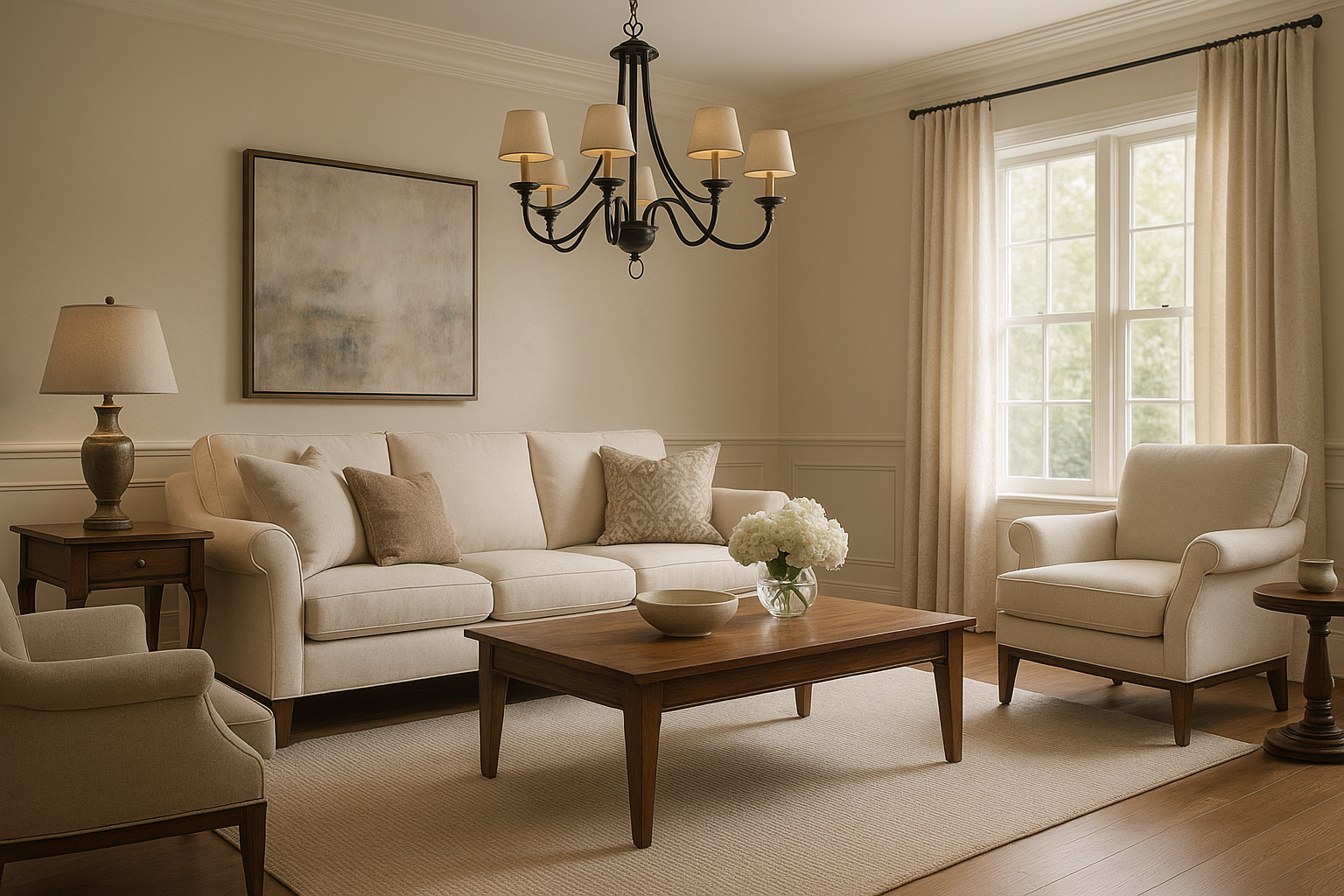"Embracing the Harmony of Transitional Design: Striking Balance in the Home"
Introduction: In a world that moves at a hyperactive pace, our homes should serve as sanctuaries of tranquility and balance. One design trend that has recently gained popularity for its harmonious blend of old and new is transitional design. It's not just about blending styles—it's about creating a seamless harmony that brings joy and tranquility to one's life.

Transitional Design: An Overview
Transitional design is an innovative and modern approach to home decor that combines traditional and contemporary styles. The beauty of this trend lies in its flexibility—it allows homeowners to create a unique blend that reflects individual taste. This design approach has roots dating back to the 1950s when interior designers began experimenting with a mix of traditional and modern motifs. Over the decades, transitional design has evolved, incorporating contemporary elements while maintaining a timeless appeal.
Modern Interpretations of Transitional Design
In the modern context, transitional design is all about balance. It combines the comfort and warmth of traditional design with the clean lines and neutral color palettes of contemporary styles. This balanced approach results in living spaces that are both elegant and inviting. It’s not just about furniture and color schemes; it’s about creating a holistic environment that brings together lighting, textiles, and accessories for a unified aesthetic.
Practicality and Market Trends
One of the most appealing aspects of transitional design is its practicality. It allows homeowners to update their spaces without committing to a complete overhaul. As a result, it has become a popular choice among homeowners looking to refresh their interiors. According to recent market trends, transitional furniture sales have seen a significant increase, indicating the growing popularity of this design approach.
Impact on Daily Living
Transitional design not only enhances the aesthetic appeal of your home but also contributes to a better quality of life. It promotes relaxation and tranquility, offering a respite from the hustle and bustle of modern living. By creating a harmonious blend of different design elements, it encourages a sense of balance and calmness, significantly enhancing the overall living experience.
Expert Insights and Styling Techniques
Experts suggest that the key to successful transitional design lies in maintaining a balance. Too much of one style can overpower the other, resulting in a disjointed look. The trick is to select a few key pieces from each style and blend them in a way that creates a cohesive look. For instance, pairing a modern, sleek sofa with a traditional, ornate coffee table can create an interesting contrast. Similarly, using a traditional chandelier in a room with contemporary furniture can add a touch of elegance and sophistication.
In conclusion, transitional design offers a fresh and unique perspective on home decor. It allows homeowners to create inviting spaces that reflect their personal style while maintaining a sense of balance and harmony. Whether you’re planning a complete home makeover or simply looking to refresh your interiors, transitional design can offer a stylish and practical solution.




